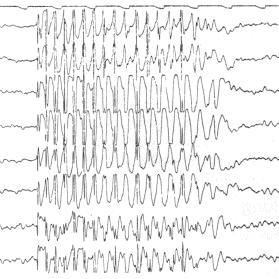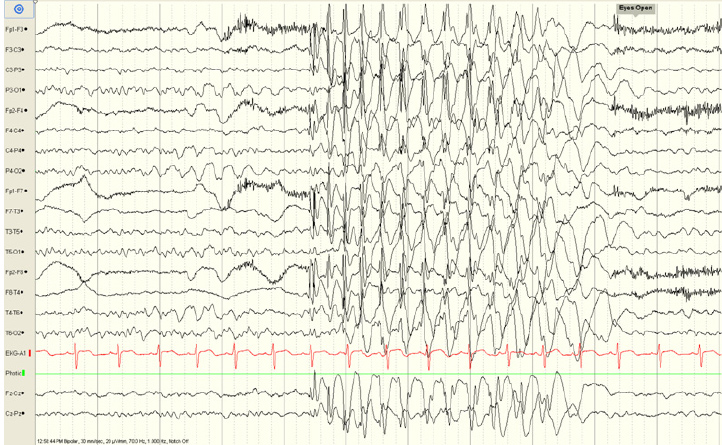

Only 1 case report provided EEG documentation (without video) of a “petit mal seizure” with immediate transition to a “grand mal seizure.” 7 We hypothesized that the initial confusion reported by patients was an integral part of the seizure rather than a simple prodrome. 4, – 6 However, none of these provided video or EEG documentation of the seizures. This was in agreement with the experience of several epilepsy experts who mentioned in review articles and textbook chapters absence seizures or absence status epilepticus heralding generalized tonic-clonic seizures (GTCS). We noticed that many patients with generalized epilepsies described a sense of confusion preceding tonic-clonic seizures. 3 Therefore, detailed documentation of those generalized seizures types that occur less frequently is challenging, leaving the possibility that some seizure types remain unrecognized. However, this resource-demanding method is used mainly in patients with drug-resistant focal epilepsy. 2 Video-EEG monitoring is needed to document the electroclinical features of these seizures. In the recently published position paper on seizure classification, the International League Against Epilepsy recognized 4 new generalized seizure types: absence with eyelid myoclonia, myoclonic absence, myoclonic-atonic seizures, and myoclonic-tonic-clonic seizures.


1 Identifying the clinical phenomena during seizures (semiology) and the EEG abnormalities contributes to identifying the various seizure types and may contribute to the diagnosis of epilepsy syndrome.

Identifying seizure types in patients with epilepsy is an important step in diagnosis and is necessary for choosing the appropriate therapy.


 0 kommentar(er)
0 kommentar(er)
